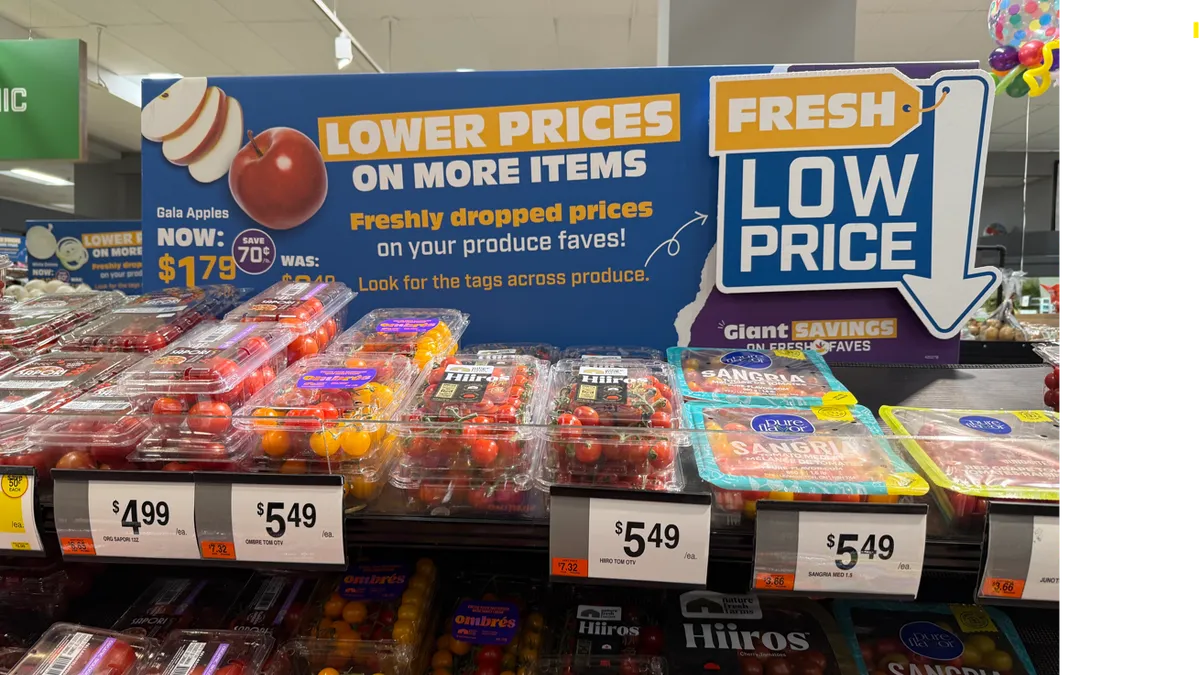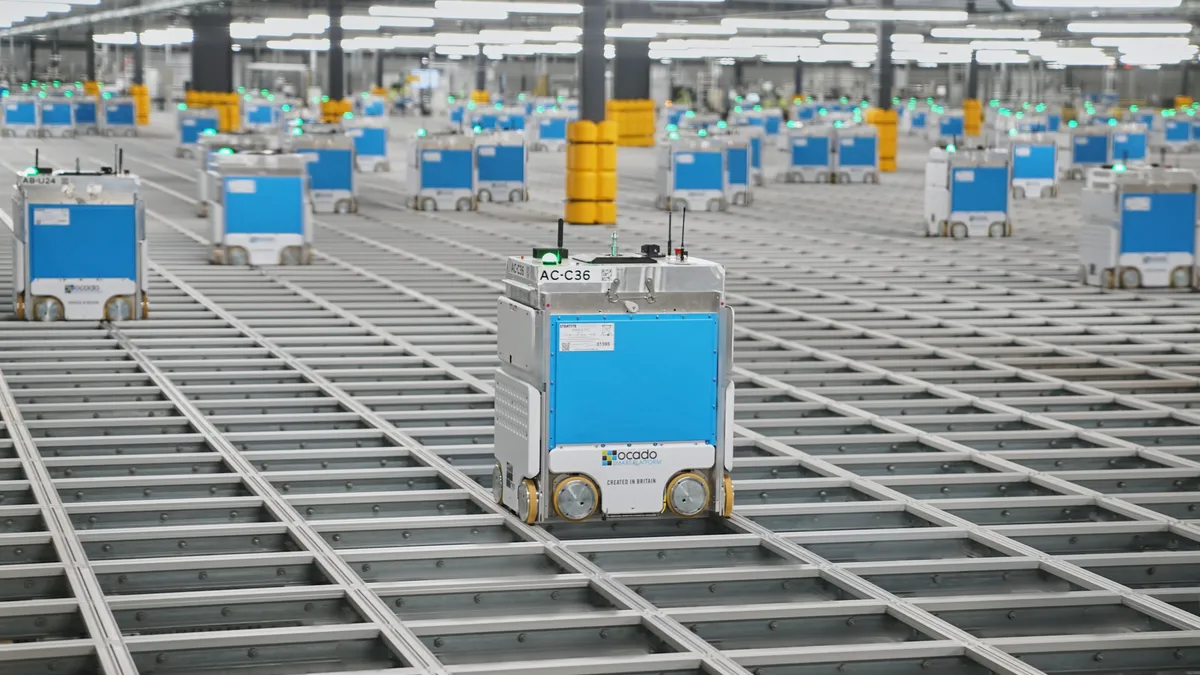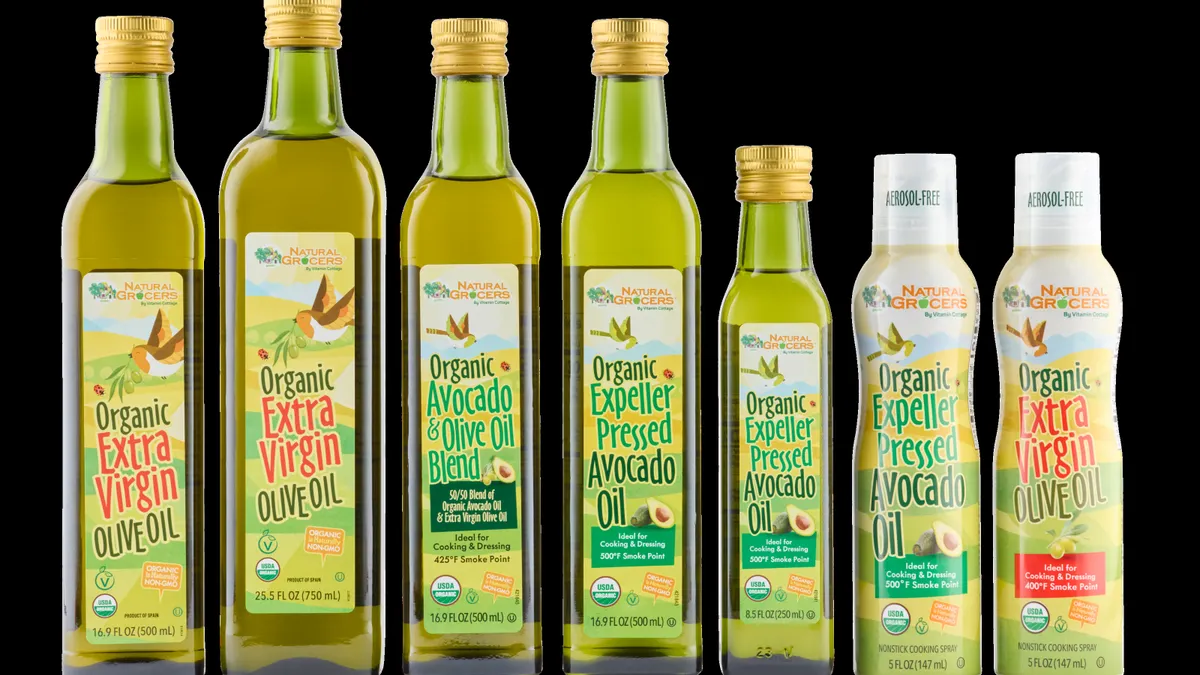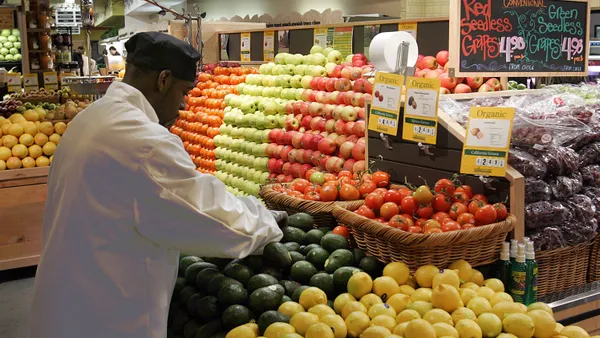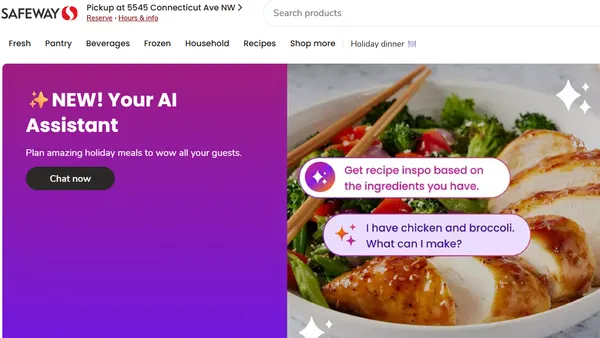As persistent economic uncertainty driven by concerns around factors like tariffs continues to unsettle consumers, food retailers have accelerated their push to demonstrate that they are committed to helping people save money.
Those efforts have ranged from price cuts on a wide range of products to targeted reductions aimed at specific items.
In January, for example, East Coast supermarket chain Giant Food expanded a price-cutting program centered on private label goods to include name brand goods across categories like fresh produce, meat and dairy. A little later in the year, Amazon Fresh began a high-volume campaign to lure shoppers to its stores with sharply lower prices on many products that the young chain declared were “here to stay.”
Retailers have also sought to build ties with shoppers through promotions on eggs, which soared in price earlier this year before becoming considerably less expensive in recent months. In an example of that, Natural Grocers offered discounts of more than 40% on egg prices in June, temporarily bringing down the cost of a dozen eggs to $2.29. And independent grocer LaBonne’s Markets said it was using discounts on eggs as a way to underscore that it offers low prices despite being a small chain.
Despite the push by grocers to highlight their focus on value, however, there is evidence that shoppers remain unclear about how retailers are looking to keep food prices affordable. A survey by research firm The Feedback Group in the spring found that shoppers were unimpressed by the way grocers have communicated about how tariffs could affect prices.
Here’s a look at some of the biggest stories surrounding grocery prices from the past several months.


